
Last week I gave you a framework to help evaluate content for a VR attraction. I focused on gaming content, but there’s lots of experiential content out there. This week I want to give you some things to consider when evaluating non-gaming content.
One of the raps against non-gaming content is that it’s not replayable. Typically this content does well in tourist locations, with a low frequency of visitation. If you’re in an FEC with an average of 3-4 visits a year, you either need an extensive library of experiences with new ones coming out all the time or something that is inherently replayable.
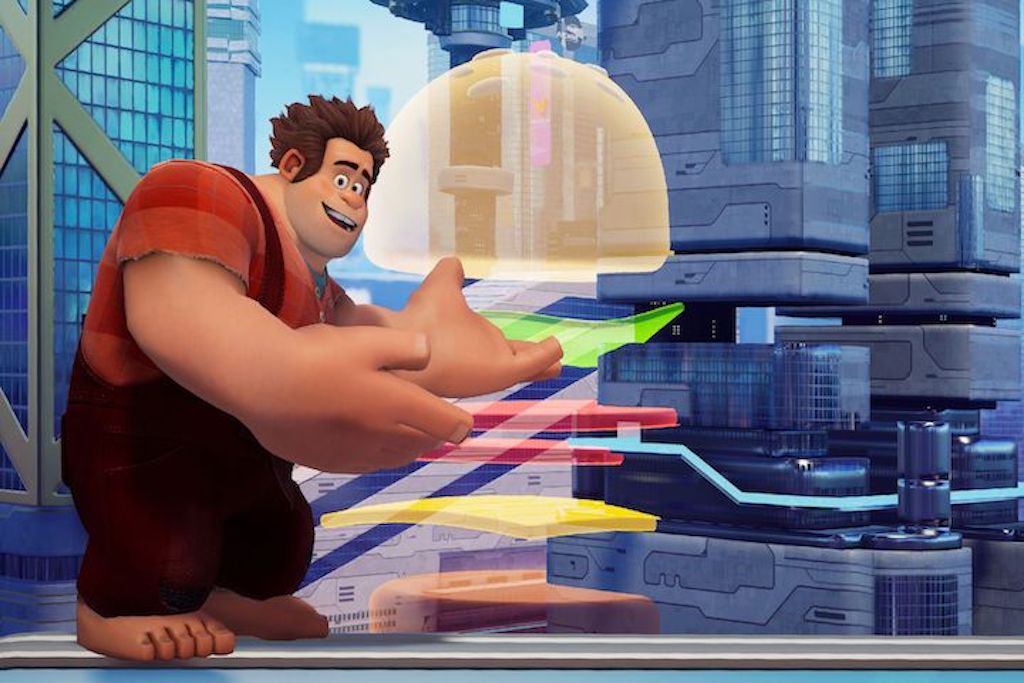
The VOID is an excellent example of non-gaming, experiential content. From Ghostbusters to Star Wars to their most recent Ralph Breaks VR, their experiences are deeply immersive but are entirely on rails. Even though they tried to gamify their Wreck-It Ralph inspired experience by offering some lightly competitive elements and a scoring system, exit interviews show that while most customers enjoyed it, few were compelled to do it again.
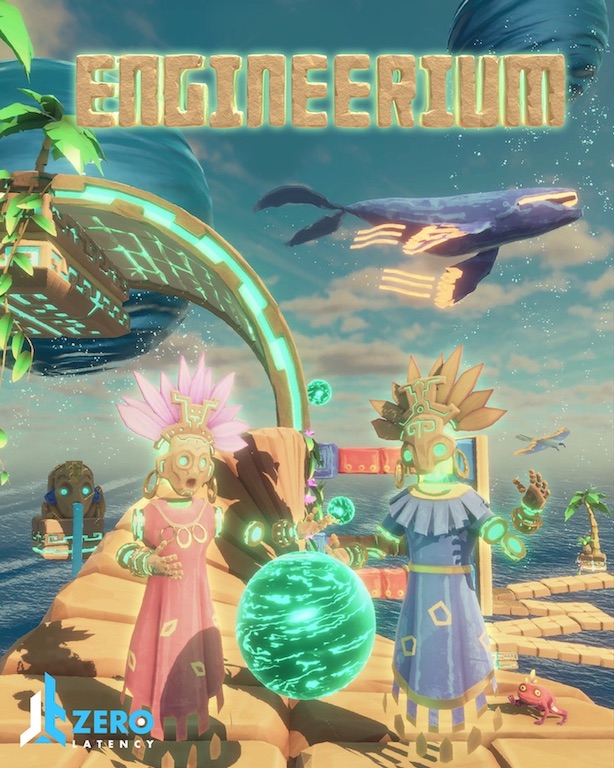
Zero Latency developed an exploration puzzle “game” called Engineerium. It was good enough to win Best New Product at IAAPA in 2018, and players rate it extremely highly. But it has little replay value and is the least played of their library of games.
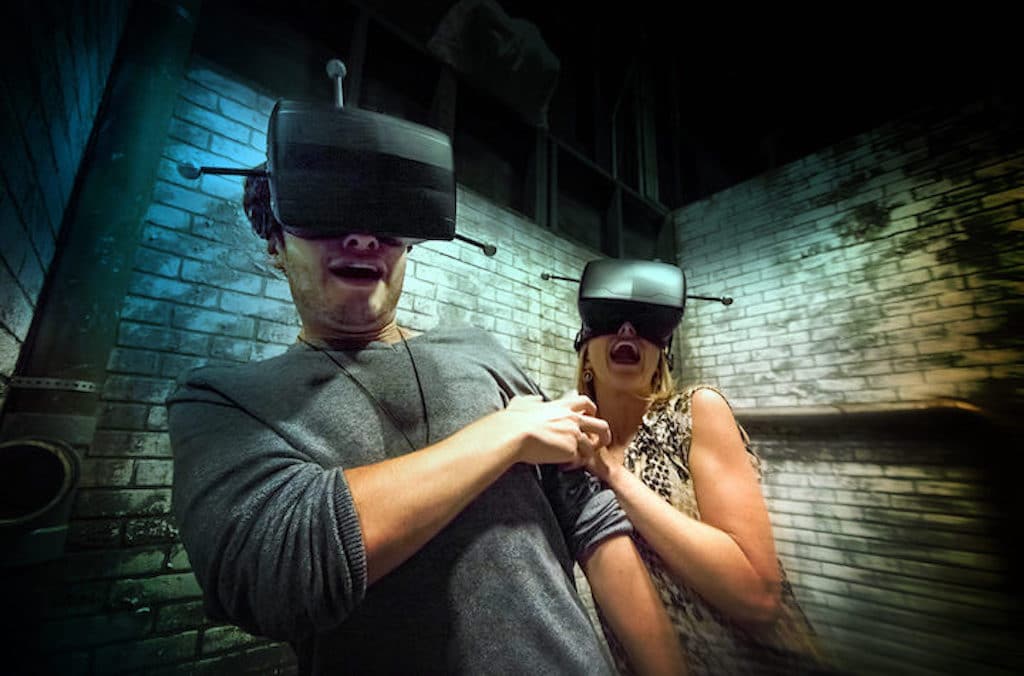
Experiential content can be effective for seasonal attractions. Haunted walk-through experiences, like the Haunted Maze from Holodeck VR and Mack Media, can capitalize on the Halloween trend of haunted houses. VRstudios created a haunted VR attraction for Universal Studios Halloween Horror Nights in Orlando.
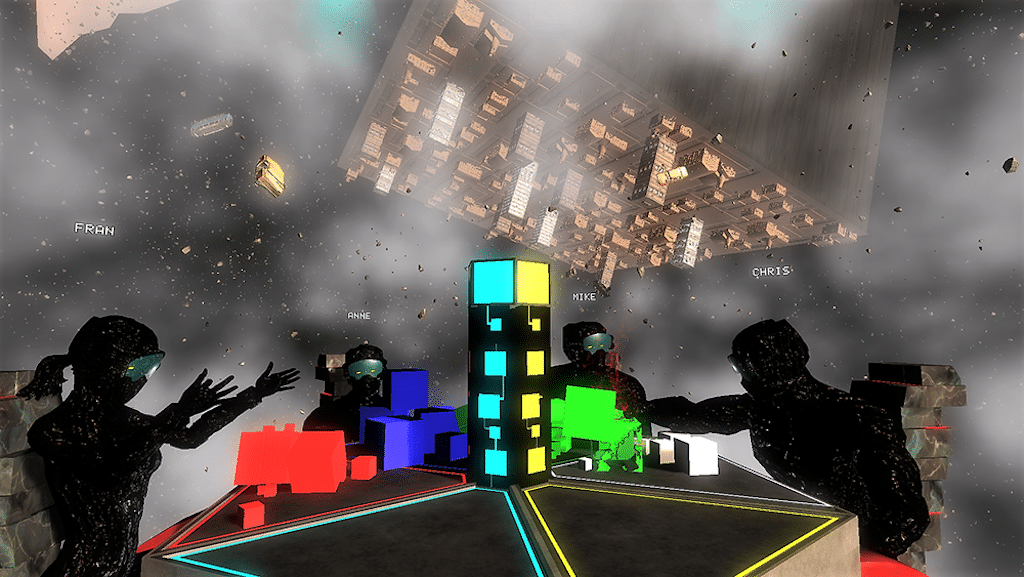
Virtual reality escape games also tend to be more experiential. Even though they are considered “games,” once the puzzles are solved, there’s little motivation to play them again. The latest entrant into the escape game market is Entermission, who combines puzzles with more traditional action gameplay. They’ve seen a high level of replay among a younger demographic, especially with birthday parties. Escape games tend to have lower throughput for a higher ticket price due to the longer experiences. Since fewer people can play, the games tend to last on location longer.

Dreamscape offers experiential content of the highest quality. When Hans Zimmer composes your musical score, it’s almost an unfair advantage. Their games are highly engaging and emotional. This is a key to experiential content: if it doesn’t trigger an emotional response, it’s probably not worth investing in. There are lots of emotions to play with; Dreamscape does a great job creating a sense of awe with The Blu and Alien Zoo. But like The VOID, their experiences are generally rail missions.
The best non-gaming VR experiences give the player a sense of agency over the outcome, even if it’s an illusion. Unlike movies where the viewer watches someone else’s story unfold, virtual reality puts the player at the center of the story. This creates an innate expectation that the participant will have some control over their destiny. Without that feeling of power, players are left wanting more.
Too many VR experiences are relying on the novelty factor of virtual reality. It’s been said that VR provides the ultimate tech demo. The first time someone straps on a headset, it’s almost irrelevant what the experience it is. People are blown away. But what happens when the novelty factor wears off? At some point, players will start demanding more. When that happens, just putting people through a walk-through VR experience where they don’t have control of their story won’t be good enough.
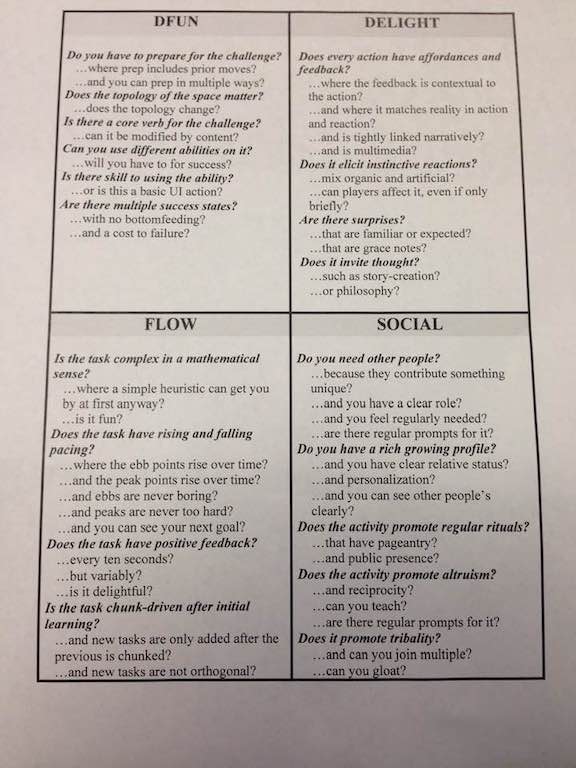
No matter the type of content you’re thinking about offering, it needs to be fun. I hired legendary game designer Raph Koster to teach a game design workshop to my team at Buzztime a few years back. This “checklist” is something he gave us to evaluate our designs. You can use to evaluate your VR experiences as well. Fun is so subjective that I find it’s good to have a qualitative framework with which you can measure it.